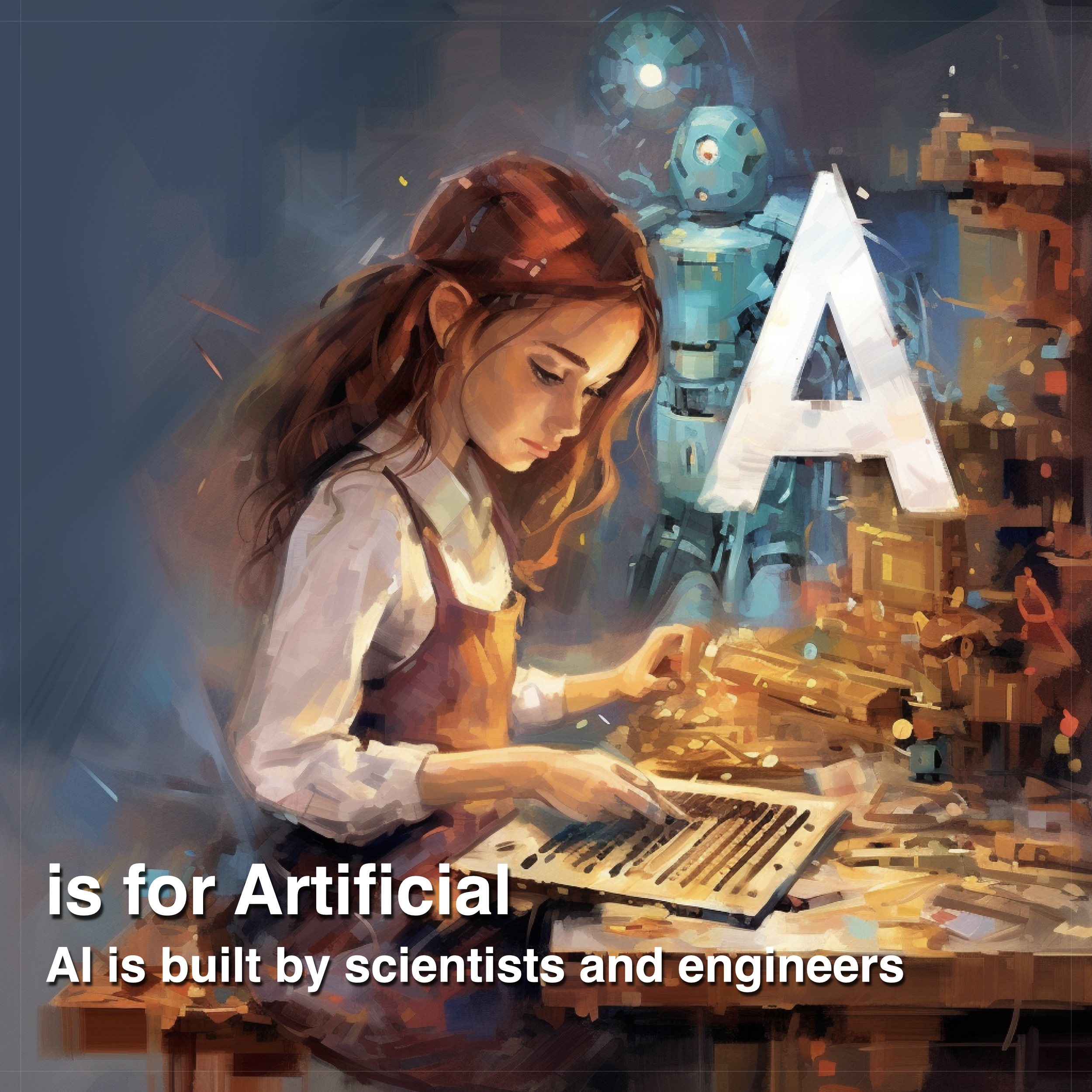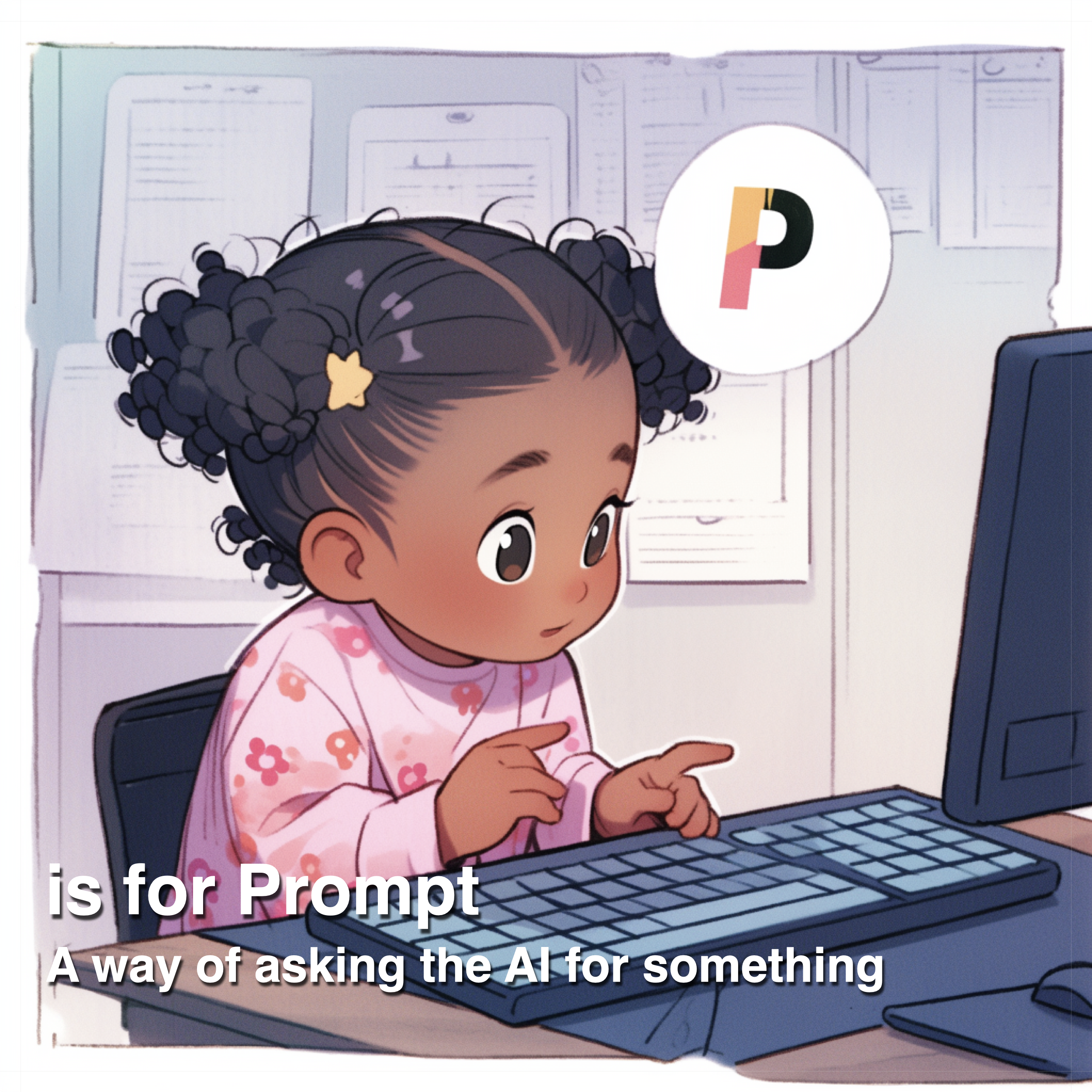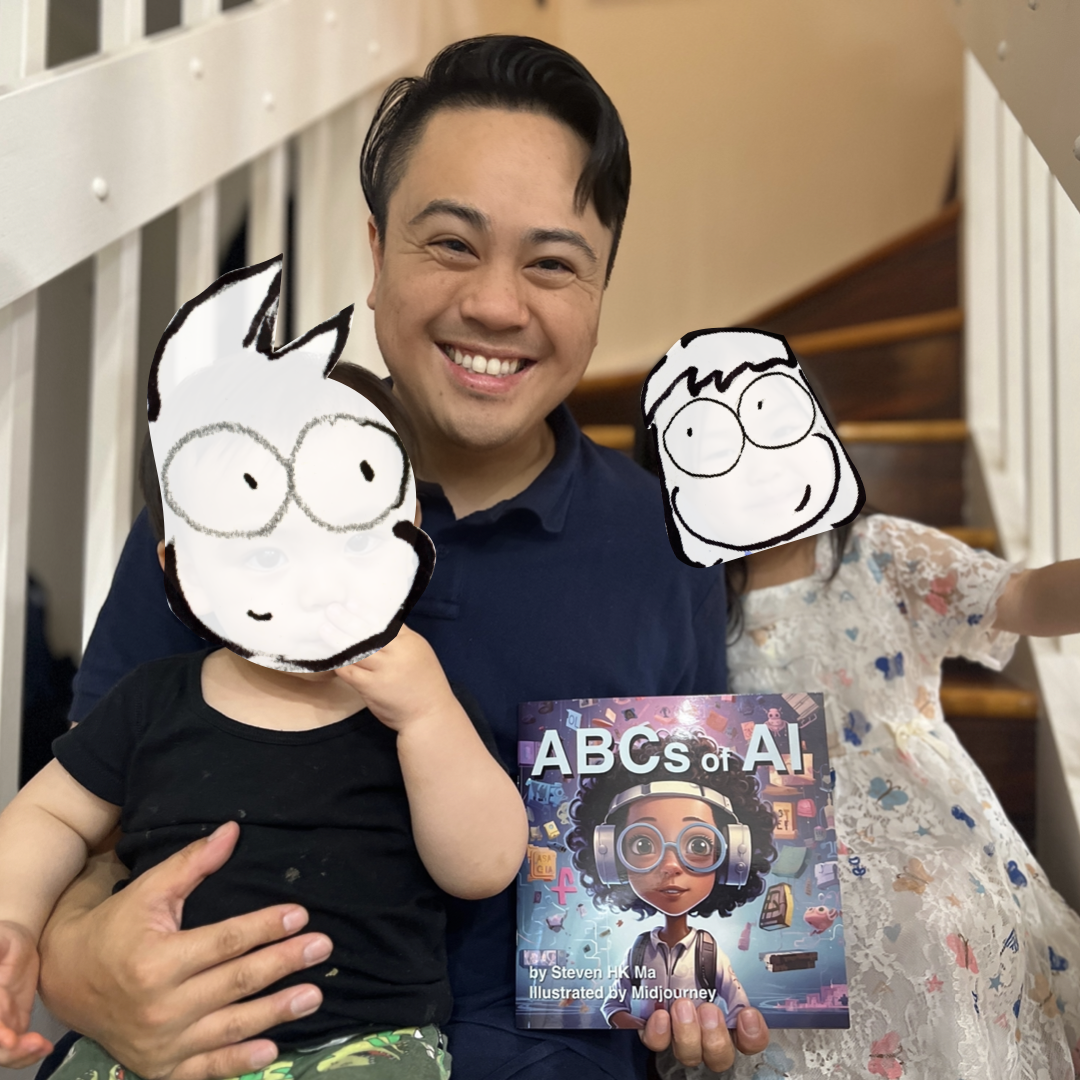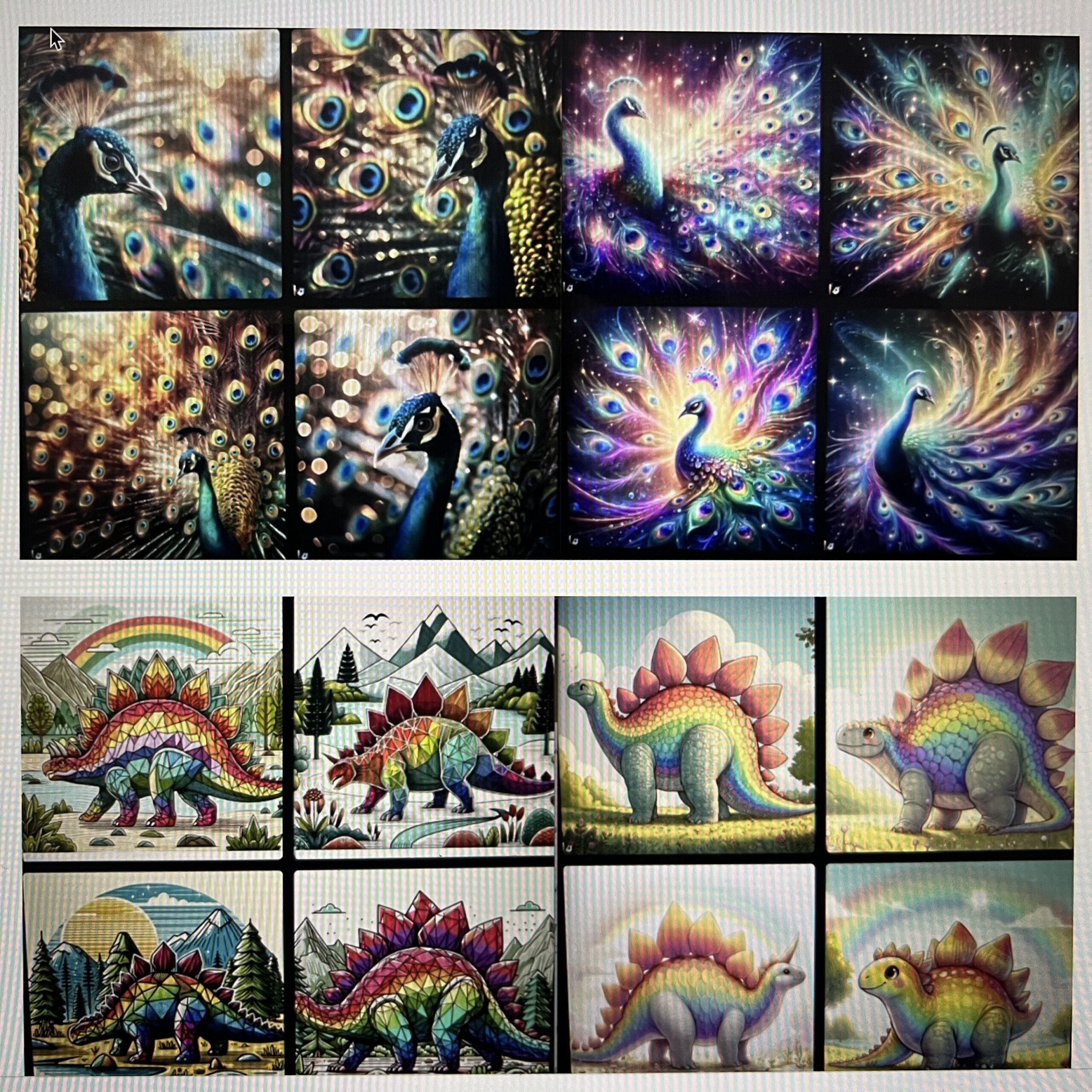Embarking on the journey of writing a book about AI, utilising AI technologies like ChatGPT and Midjourney, has been a revealing and transformative experience. This process has not only provided insights into the capabilities and limitations of these tools but also highlighted the crucial role of human intervention in creating a well-rounded and engaging final product. Here are five key learnings from this unique endeavour:
- The Limitations of ChatGPT 3.5 and Cautious Optimism for ChatGPT 4: The journey began with using ChatGPT 3.5, which, while advanced, revealed certain shortcomings in crafting an original and engaging ‘ABCs of AI’. Even with the more sophisticated ChatGPT 4, it became clear that while the tool is significantly better, it cannot be blindly trusted to produce entertaining and original content. The AI’s output often requires critical human evaluation to ensure uniqueness and appeal.
- The Artistic Mastery of Midjourney: In the realm of visual content, Midjourney emerged as a truly artistic tool. Its strength lies in generating visually striking images, which can be fine-tuned by specifying composition words, art styles, and movements. This level of control and precision in creating relevant and aesthetically compelling imagery proved invaluable in the book’s visual narrative.
- Human-Machine Collaboration: A Synergistic Approach: Writing this book underscored the fact that the most effective approach is not human versus machine, but human with machine. The synergy between human creativity and machine efficiency can lead to remarkable outcomes. AI provides a foundational base and suggests potential directions, but the human element adds the necessary context, nuance, and personal touch.
- Human Superiority in Precision and Impact: When it comes to writing that demands conciseness, precision, and impact, human skills are unmatched. AI is efficient in generating content at scale, but for crafting short, impactful pieces or nuanced translations, human intervention is crucial. AI can offer a starting point, but the human touch is necessary for refinement and soul.
- Key Skills: Promotion and Refinement: The two pivotal skills to master in this process are (a) promoting, which involves knowing what to ask the AI for and how to refine its output, applicable to both text and images; and (b) refinement, which entails the human role in editing and enhancing the AI’s work post-generation. For Midjourney, this means correcting anomalies like hands and strange background objects; for ChatGPT, it involves editing for style and, importantly, accuracy. These skills are essential in ensuring the final product is polished, coherent, and resonates with the audience.
In summary, the journey of writing an AI book with the aid of AI tools has been full of lessons about the strengths and limitations of these technologies. The key takeaway is the importance of a balanced partnership between AI capabilities and human expertise. This collaboration ensures that the final product is not only informative and innovative but also engaging and accurately reflective of the author’s intent.




